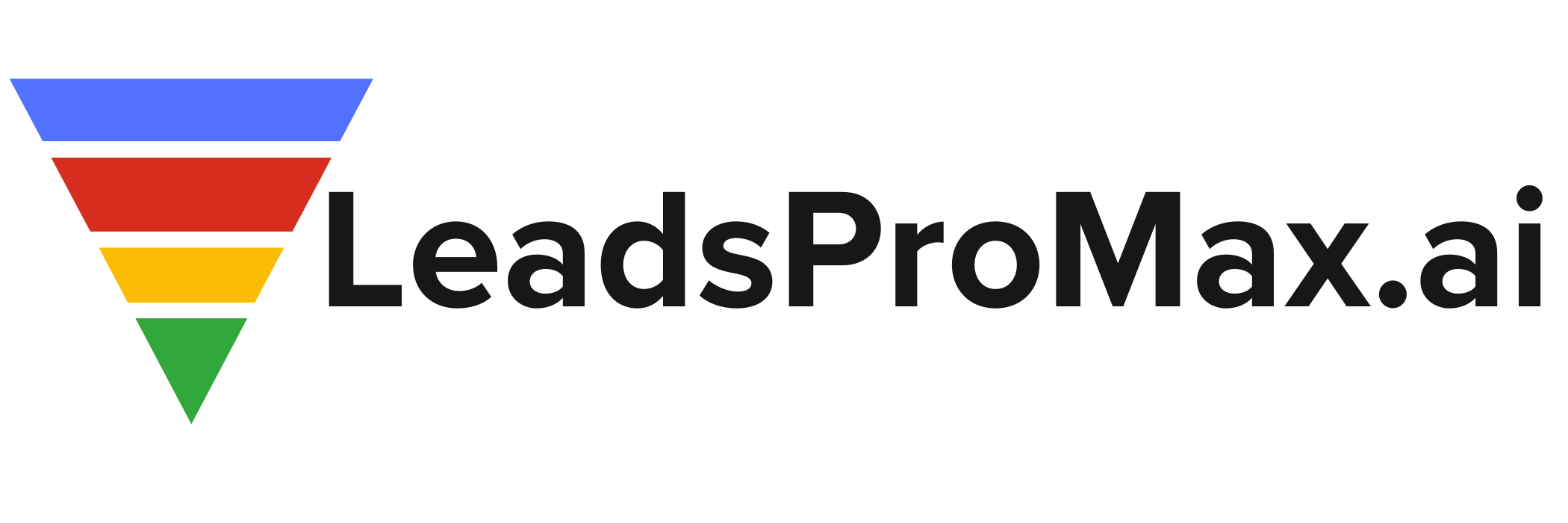The Enduring Power of Storytelling in the Era of Data-Driven Marketing
In the age of big data and analytics, it’s easy to get caught up in the numbers and forget the importance of storytelling in marketing. While data-driven strategies have become increasingly prevalent, the art of crafting compelling narratives remains a crucial element in engaging audiences and driving business success. In this blog post, we’ll explore why storytelling still reigns supreme and how it can be seamlessly integrated with data-driven approaches to create powerful marketing campaigns.
The Role of Storytelling in Marketing
At its core, storytelling is about creating an **emotional connection** with your audience. It allows brands to go beyond mere facts and figures, tapping into the hearts and minds of their target market. By weaving a compelling narrative, marketers can make their messages more memorable, relatable, and impactful.
Storytelling adds a **human element** to marketing efforts, transforming bland corporate communications into engaging tales that resonate with people on a personal level. It helps brands develop a unique identity and voice, setting them apart from competitors and fostering a deeper sense of loyalty among customers.
The Power of Data-Driven Storytelling
While storytelling and data analytics may seem like opposing forces, the truth is that they can work together in perfect harmony. By combining the emotional power of narratives with the insights gleaned from data, marketers can create campaigns that are both compelling and credible.
Data-driven storytelling allows brands to back up their claims with real-world evidence, providing a solid foundation for their marketing messages. By leveraging analytics, marketers can identify trends, understand customer behaviors, and craft stories that speak directly to their target audience’s needs and desires.
Moreover, data can help marketers refine their storytelling techniques over time. By analyzing the performance of their campaigns, they can identify which narratives resonate best with their audience and adjust their approach accordingly. This continuous improvement process ensures that brands are always telling the most effective stories possible.
The Benefits of Data-Driven Storytelling in Marketing
Authenticity and Trust
In today’s world of fake news and misinformation, consumers are increasingly skeptical of brand claims. Data-driven storytelling helps establish trust by providing credible evidence to support marketing messages. When brands can back up their narratives with real-world data, they appear more authentic and reliable in the eyes of their audience.
Enhanced Customer Engagement
Data-driven storytelling not only informs but also engages customers on a deeper level. By offering valuable insights and compelling narratives, brands can capture their audience’s attention and keep them coming back for more. This increased engagement can lead to higher levels of brand loyalty, advocacy, and ultimately, business success.
Why Storytelling Remains Relevant in the Age of Data
Despite the rise of data-driven marketing, storytelling remains as relevant as ever. While data can provide valuable insights and support decision-making, it alone is not enough to capture the hearts and minds of consumers.
Storytelling bridges the gap between rational and emotional appeals, making marketing messages more compelling and memorable. It helps brands connect with their audience on a human level, fostering a sense of empathy and understanding that goes beyond mere numbers.
Moreover, storytelling is highly adaptable and can be integrated into various marketing channels and strategies. Whether it’s through social media posts, email campaigns, or video content, the power of narrative can be harnessed to engage audiences across multiple touchpoints.
Conclusion
In the era of data-driven marketing, storytelling remains a vital tool for brands looking to connect with their audience on a deeper level. By combining the emotional resonance of narratives with the insights provided by data analytics, marketers can create campaigns that are both compelling and credible.
As we move forward into an increasingly data-driven future, it’s essential that brands don’t lose sight of the human element in their marketing efforts. By embracing the power of storytelling and integrating it with data-driven strategies, companies can create marketing campaigns that truly resonate with their target audience and drive long-term business success.
#DataDrivenStorytelling #MarketingStrategy #BrandNarrative
-> Original article and inspiration provided by Passionate in Marketing
-> Connect with one of our LeadsProMax.ai Strategists today at LeadsProMax.ai


